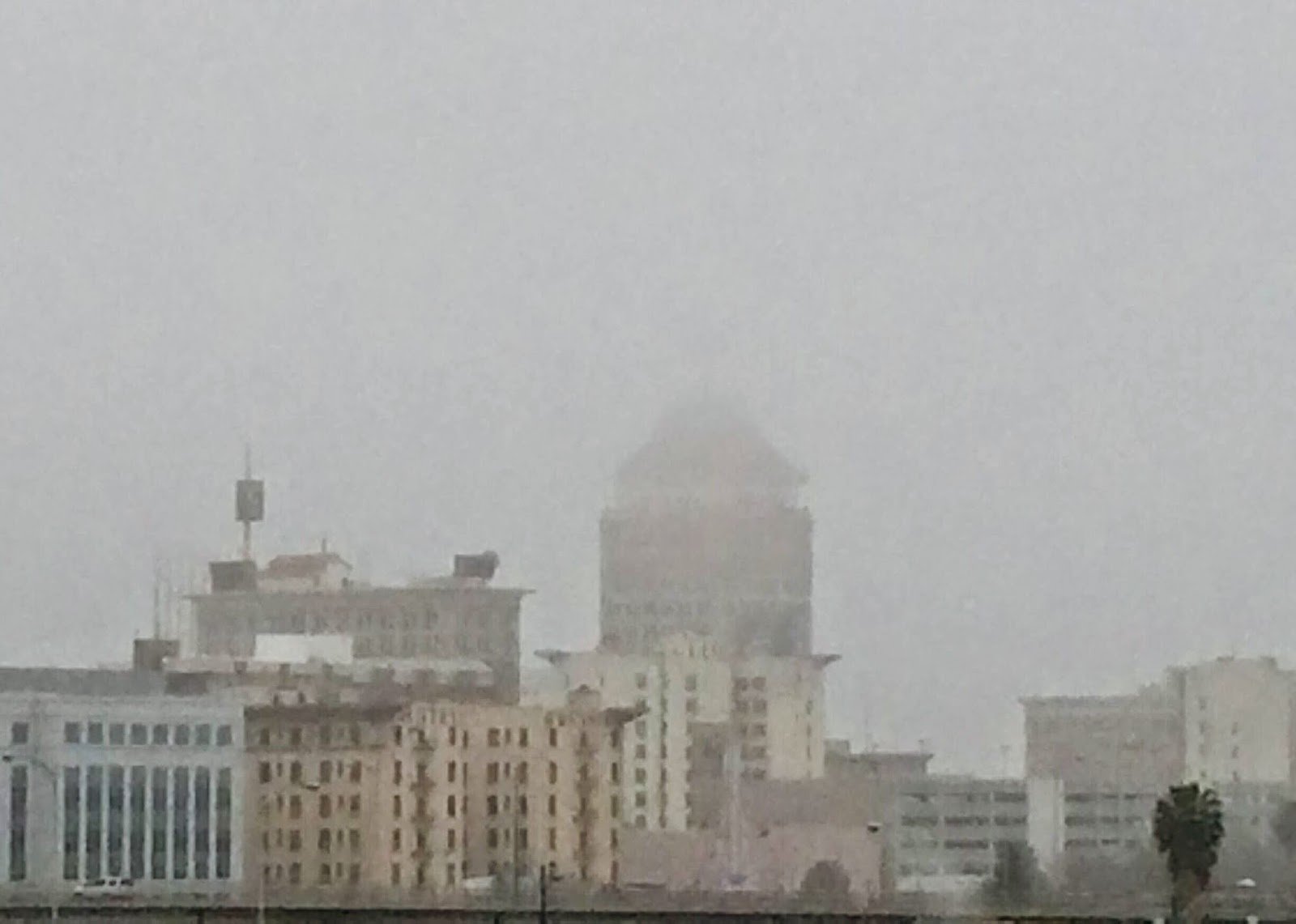This is Darwin Canyon, just below Mendel Glacier in the Southern Sierra. We came through here on our way to look for ice mummies on Mendel, which is several hundred feet -- maybe 1,000 feet -- above this canyon.
It's in my top five Sierra destinations because you can't here without a lot of work. Stark, wind-blown, jagged. We camped next to a glacial tarn near these others. They are ice-cold, beautiful and pure. It's a granite paradise on the trail less traveled. And that's because there is no trail to this spot.
You have to love this for the sheer size and primitive surroundings. We moved up and down canyon head walls that were more up and down than anything else. The Southern Sierra is breathtaking. We slept at about 11,500 feet -- an elevation where us flatlanders have trouble breathing the first night. We scrambled past house-sized boulders strewn all around as glaciers retreated 12,000 years ago.
I pitched my small tent on a little ledge above the tarn. Turns out, I was on someone's turf -- a pika who let me know about it for hours. Whistling and carrying on. These little mouse-like critters with big ears are slowly running out of high country to live as the climate warms up.
Among the people who work on California water issues, I wonder how many have come up to these places. Climate change will take its toll up. Up here in the subalpine, the little glaciers will melt. There will be less snow. But it will remain the last stronghold for the snowpack, which provides more than two-thirds of California's summer stash of water.
By the way, we climbed up the rocky moraine, picking our way through Class 3 bouldering to get onto Mendel Glacier, one of the spookiest places I've ever hiked. We didn't find ice mummies from that ill-fated 1942 crash. But was saw engine parts, a wing and plenty of debris that was surfacing from the melting glacier above. We scrambled the next day over the Sierra crest in a hail storm and went back to our lives. But we will not soon forget this place.








